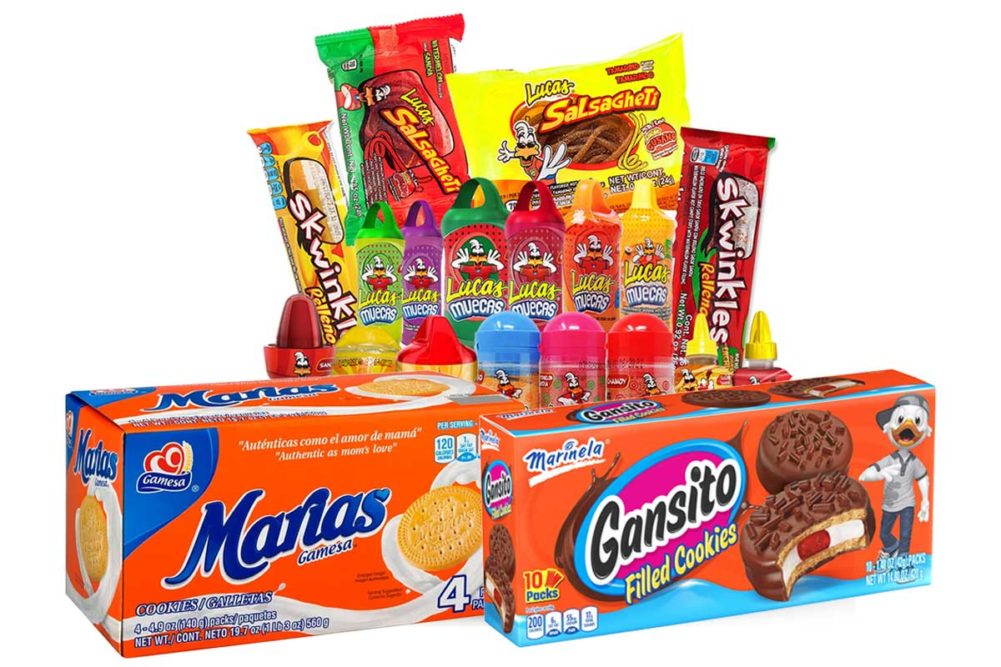LAS VEGAS — Consumers are utilizing convenience stores as a “gap fill” in between larger grocery shopping trips, according to data from National Retail Solutions (NRS), a Newark, NJ-based point-of-sale company.
Nearly half of shoppers surveyed by the company said they utilize convenience stores to purchase grocery items in lieu of a longer trek to the supermarket.
“When it comes to convenience stores, we think a lot about immediate consumption, but we’ve seen a shift over the last decade,” said Suzy Silliman, senior vice president of data sales and strategy at NRS, during a presentation at the National Association of Convenience Stores’ 2022 NACS Show, held Oct. 2-4 in Las Vegas. “I think COVID really revealed how shoppers rely on the convenience channel for more than just those grab-and-go type of items.”
Grocery is now the third most common category purchased at convenience stores, falling just below snacks and candy, according to data from NRS.
“This is a reminder that ‘convenience’ means more to a shopper than ‘immediate consumption,’” Ms. Silliman said. “Whether it’s urban dwellers, people who live in suburbs or people who reside in rural areas, they were all hovering around 70% in terms of shoppers that purchased a grocery item from the convenience channel in the past 30 days.”
Meal solutions are gaining momentum in convenience stores. Packaged ramen is outselling the total gum category and has the same velocity as PepsiCo’s Ruffles potato chips across convenience stores in the NRS network, which encompasses more than 17,500 locations across the country. Baking supplies also are becoming more prevalent alongside items like lactose-free milk, cheese, pre-made seasoning mixes, fresh meat, produce and pet supplies.
Tortillas are a key growth driver for convenience stores in the NRS network, representing the sixth-ranked “super category” in terms of dollars sales. Tortilla sales are outpacing bread sales by three-and-a-half to one in the channel.
“Shoppers who are putting tortillas in their basket aren’t just buying one package, they’re buying two packages on average,” Ms. Silliman said. “Soft drinks, fruit drinks, cookies, dairy, chips, confections, beer and beans are commonly purchased with tortillas, and those baskets have a 27% higher ring than the average basket without tortillas."
Hispanic influence
Tortillas are one example of a growing “Hispanic influence” within convenience stores, according to NRS. Forty-five percent of shoppers surveyed by the company said they would purchase Hispanic/Latin food through the channel.
Data from the US Census Bureau show the Hispanic population is America’s fastest-growing demographic. The US Hispanic and Latino population is responsible for $3 trillion in buying power. If that was a country, it would be roughly the same size as France, which has the world’s seventh largest GDP.
“Ninety percent of the counties in the United States are experiencing Hispanic population growth, so this isn’t just about New York or Miami or Los Angeles,” Ms. Silliman said. “In fact, the largest growth isn’t in inner cities at all. We’re seeing the fastest growth coming from North Dakota, Michigan, Alabama, Wyoming and Oklahoma. If c-stores haven’t already made minor adjustments to their assortment to take into account changing demographics, now is certainly the time.”
She pointed to Lucas Candy, a Mexican candy brand from Mars Inc., as an example.
“In stores that are selling Lucas Candy, it’s the top non-chocolate confectionery brand,” Ms. Silliman said. “In terms of overall velocity, it’s outselling top brands like Airheads, Starburst, Sour Punch, Sour Patch and Jolly Rancher.”
Another category where the emergence of Hispanic brands is influencing a broader shopper base is cookies. Hispanic brands like Gamesa, Mexico’s largest cookie manufacturer and a subsidiary of PepsiCo, and Marinela, a Mexico-based maker of cookies and snack cakes, are gaining momentum in the convenience channel.
“Oreo is still No. 1, but we’re seeing brands like Gamesa and Marinela take the No. 2 and No. 3 spots in terms of total sales and velocity,” Ms. Silliman said. “They might even be outpacing the top national brands in some cases. C-stores should be looking at their assortment and finding ways to experiment with these items that are gaining popularity, not just with a growing demographic, but with mainstream America, too.”




